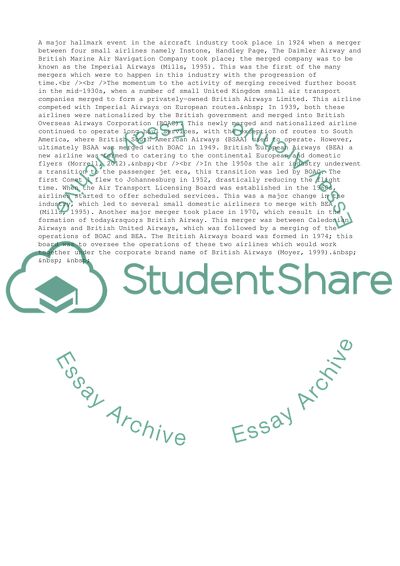Cite this document
(The Success of British Airways Case Study Example | Topics and Well Written Essays - 2000 words, n.d.)
The Success of British Airways Case Study Example | Topics and Well Written Essays - 2000 words. Retrieved from https://studentshare.org/management/1772535-british-airways-gives-something-back-to-the-environment
The Success of British Airways Case Study Example | Topics and Well Written Essays - 2000 words. Retrieved from https://studentshare.org/management/1772535-british-airways-gives-something-back-to-the-environment
(The Success of British Airways Case Study Example | Topics and Well Written Essays - 2000 Words)
The Success of British Airways Case Study Example | Topics and Well Written Essays - 2000 Words. https://studentshare.org/management/1772535-british-airways-gives-something-back-to-the-environment.
The Success of British Airways Case Study Example | Topics and Well Written Essays - 2000 Words. https://studentshare.org/management/1772535-british-airways-gives-something-back-to-the-environment.
“The Success of British Airways Case Study Example | Topics and Well Written Essays - 2000 Words”. https://studentshare.org/management/1772535-british-airways-gives-something-back-to-the-environment.


